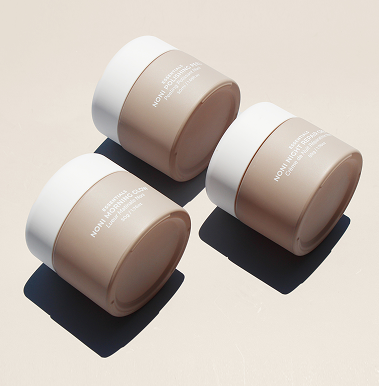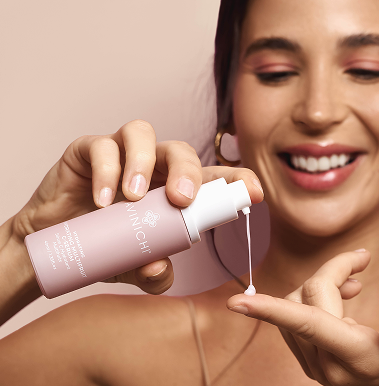Published: April 30, 2025

Ever wondered why the health of your skin seems to fluctuate depending on the time of year? While it’s true that temperature plays a small role in this, humidity is an even bigger influencing factor. When it comes to your skin, humidity often dictates what your complexion looks and feels like, making it important to understand the connection between the two. Environments that are either too humid or not humid enough can have a detrimental impact on your appearance.
So, what’s the ideal skin humidity level, and what can you do if your skin is suffering from the effects of high or low humidity? Keep reading as Avinichi explains.
How Does Humidity Affect the Skin?
Humidity refers to how much moisture there is in the air. The more humid it is, the more moisture there is. This can be a good thing for your skin because the more moisture there is around you, the slower transepidermal water loss will be. This is the rate at which your skin loses its own moisture reserves to evaporation.
However, once humidity soars too high, which often occurs during the summer months, this can be problematic for your complexion. Humid conditions not only stimulate sebum production but also provide the perfect breeding ground for bacteria. This can be disastrous for those who are prone to acne breakouts.
When humidity is low, on the other hand, bacteria don’t multiply quite so quickly. However, transepidermal water loss increases, meaning that the skin can easily end up dehydrated. This can lead to the skin turning dry and flaky. The skin barrier struggles to function when it lacks moisture, which can also cause the skin to become more sensitive.
The Perfect Skin Humidity Level
So, when it comes to your skin, what’s the perfect humidity level?
Ideally, it needs to be between 40-50%. However, even going with the 30-60% range would benefit your skin. The problems only really start to occur when humidity drops below 30% or rises above 60%.
How do you know how humid it is?
There are a couple of devices available that can measure this, such as hygrometers. They’re small, relatively inexpensive, and very accurate, especially if you opt for a digital version.
What should you do if humidity is too high or too low for your skin? Keep reading…
Caring for Your Skin When Humidity is High
High humidity conditions can pose a number of challenges for your skin. Here’s how to give your skin the care it needs when it’s in this position:
Switch to a Stronger Cleanser
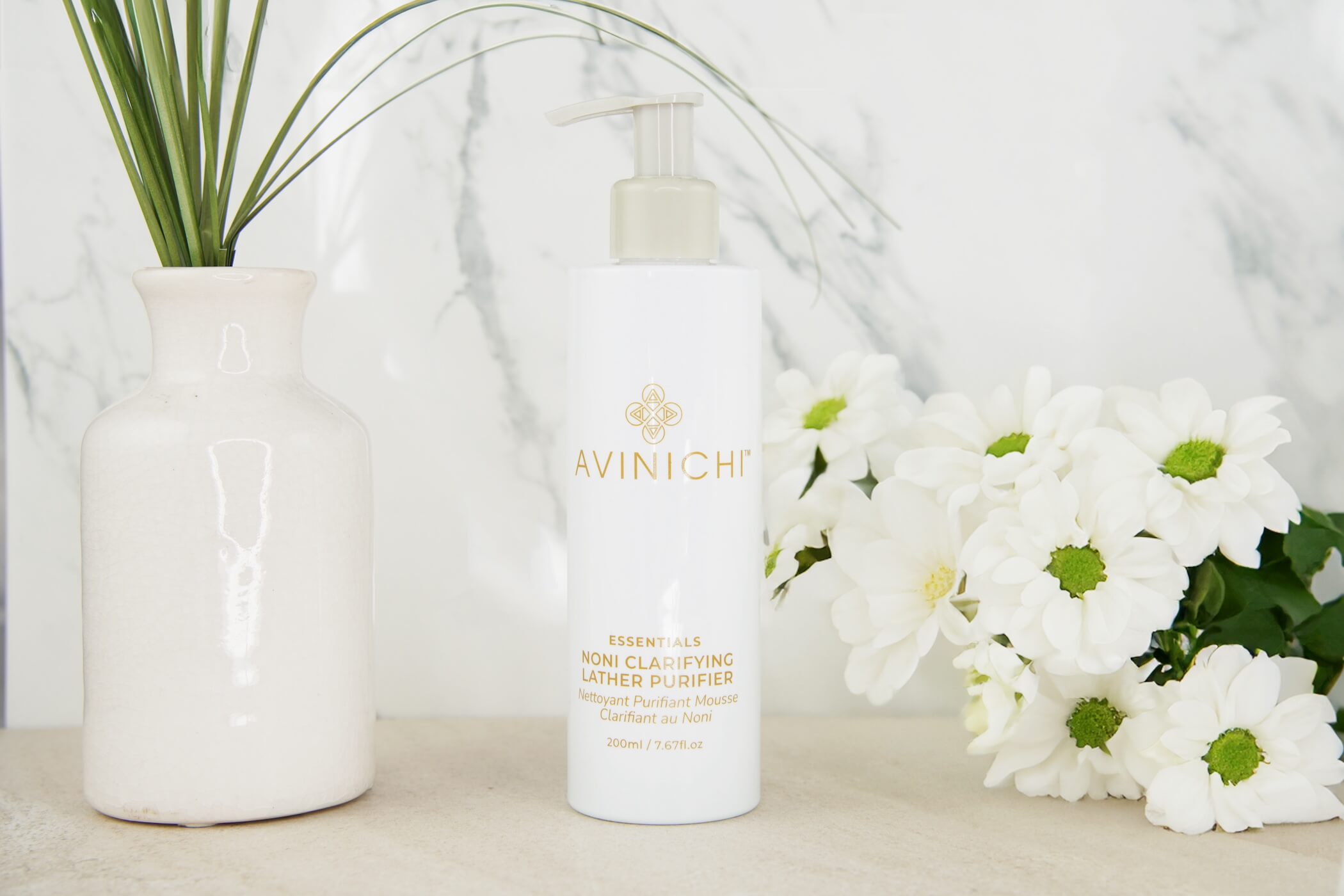
Not only do humid conditions trigger an increase in sebum production and bacterial growth, but they’ll also cause you to sweat more. All of this combined can quickly cause congestion, clogged pores, and a dull complexion.
For this reason, you may find it beneficial to switch to a stronger cleanser when you’re battling humid conditions. A foaming cleanser, for example, will do a better job of removing excess grease from your skin than a cream cleanser. With that said, many foaming cleansers are known for causing irritation, so always opt for a formula that contains skin-loving ingredients, like the Avinichi Noni Clarifying Lather Purifier. It’s filled with plant extracts that will help to keep your skin feeling balanced, even in a humid environment.
Increase How Often You Exfoliate
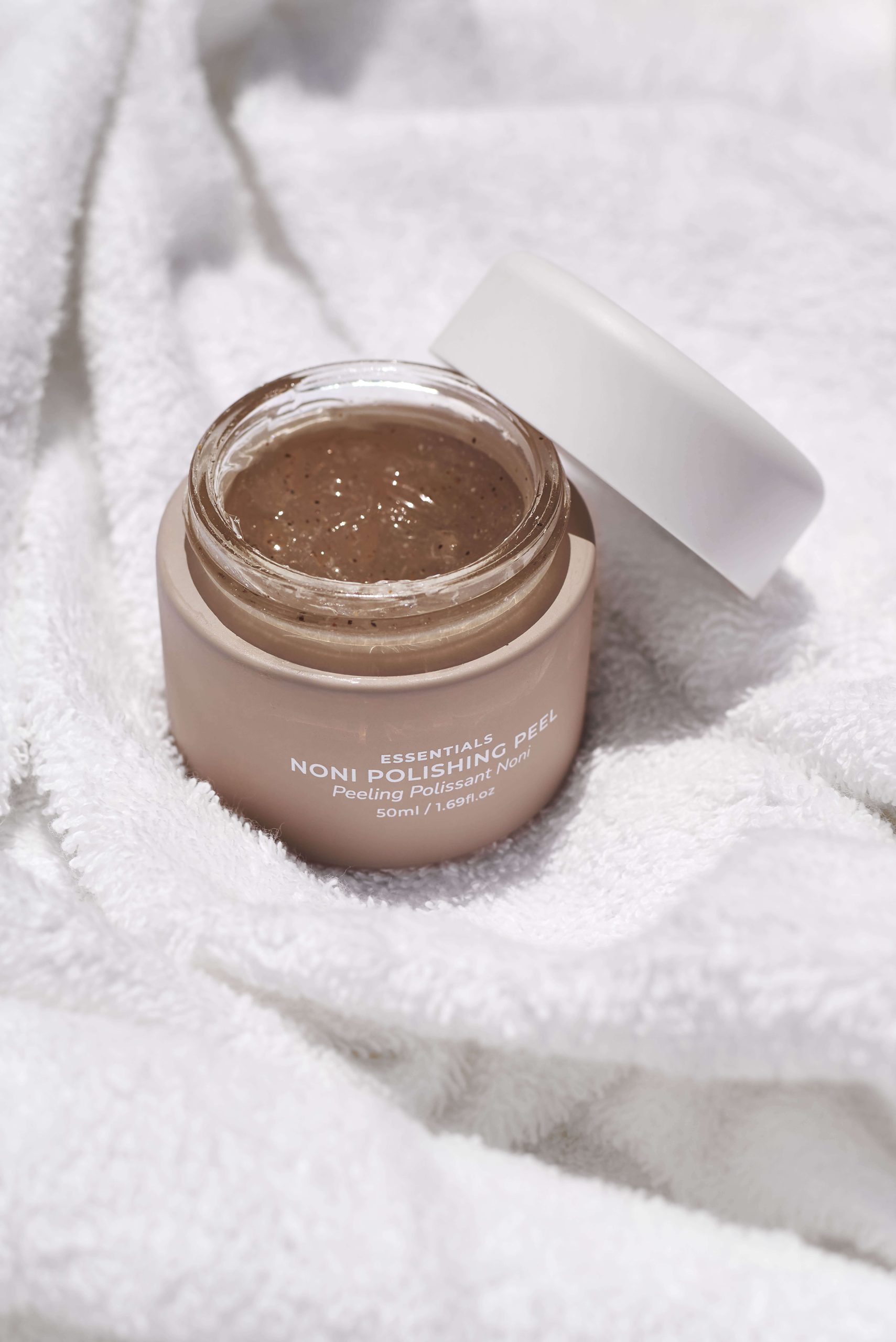
Even with a stronger cleanser, you may still find that clogged pores become much more prevalent in humid conditions. Cleansing is often not enough to prevent all of that extra sebum from sinking into the pores. Add to this the extra bacteria on the skin and it’s easy to see why high skin humidity can quickly lead to breakouts.
This is why it can sometimes be beneficial to increase how often you exfoliate when humidity is high. Exfoliators work on a slightly deeper level than cleansers. This enables them to pull impurities out of the pores, keeping your skin feeling clear. For the best results, use an exfoliator that combines both physical and chemical exfoliants, just like the Avinichi Noni Polishing Peel.
How much more should you exfoliate? Don’t go overboard – three times a week is the maximum that experts recommend. With that said, if this still doesn’t feel like enough for you, you could also add a clay mask to your skincare routine once a week. This will also help to extract sebum from your pores, giving your skin a fresher finish.
Use Lightweight Skincare Products
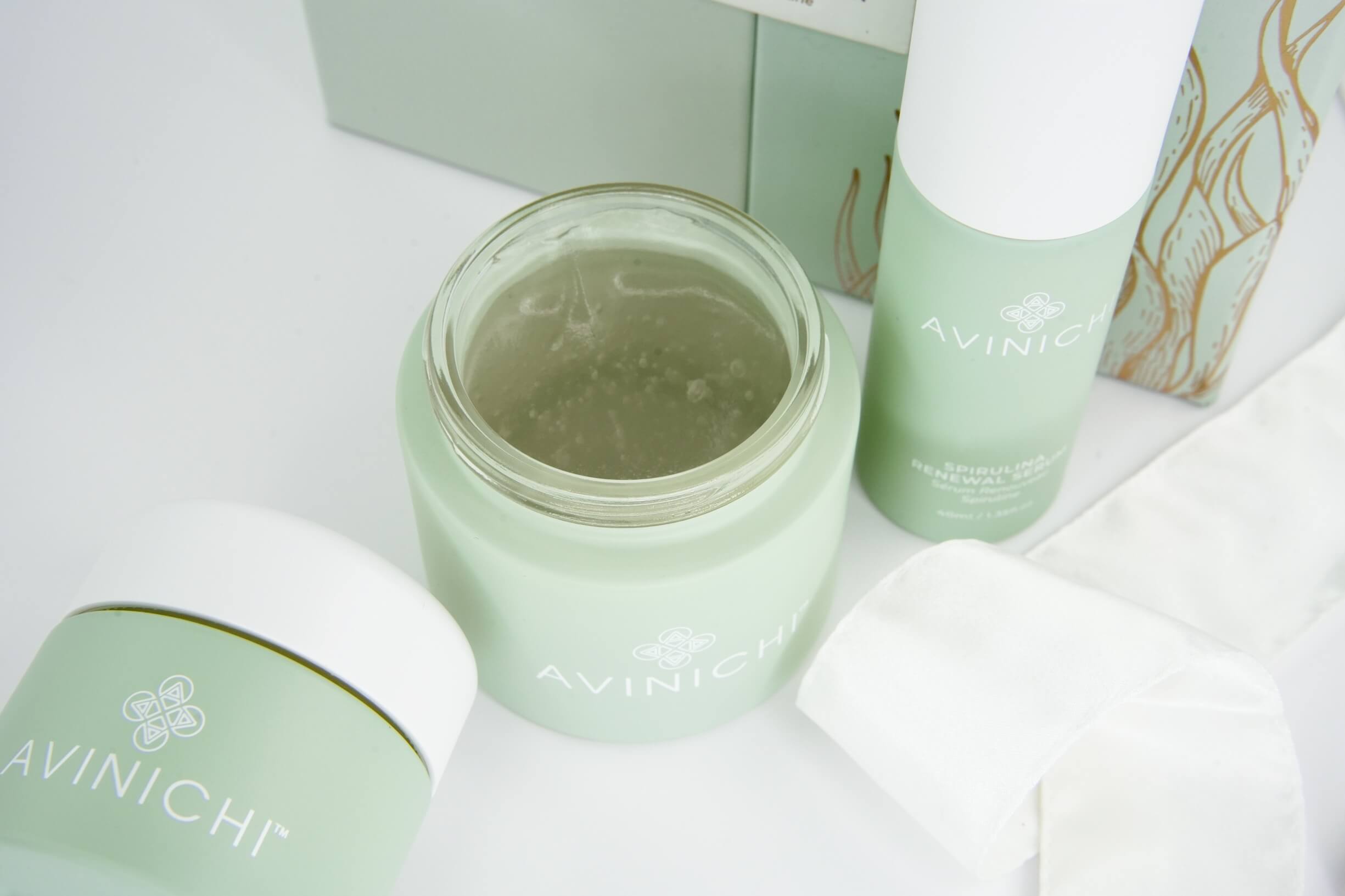
It doesn’t take much for the skin to feel heavy and weighed down in humid conditions. You don’t want your skincare routine to contribute to this, which is why the products that you use in high humidity should be lightweight and water-based.
The Spirulina Renewal Serum from Avinichi’s Spirulina Collection is a great example of a lightweight yet ultra-powerful product. It’s filled with ingredients that will work to brighten and refresh your complexion, such as vitamin C, niacinamide, citrus fruit extracts, spirulina powder, and amino acids. The other two products in this collection are also well-suited for hot and humid conditions.
The Collagen Cooling Set is also worth investing in if your skin is struggling with humidity. These products have been designed to cool and calm the complexion, making them perfect for the summer months.
Use a Dehumidifier
One way to lower the humidity level in your home is with a dehumidifier. These devices work by drawing in air, condensing the moisture and moving this into a tank, before heating the dry air back up and then releasing it back into the room.
Most dehumidifiers will allow you to set your preferred humidity level. This means that you can opt for around 50%, which is perfect for your skin.
Caring for Your Skin When Humidity is Low
You now know how to care for your skin when humidity is high, but what about when the opposite occurs? Here are some skincare tips to follow when you’re in a low-humidity environment:
Focus on Hydrating Ingredients
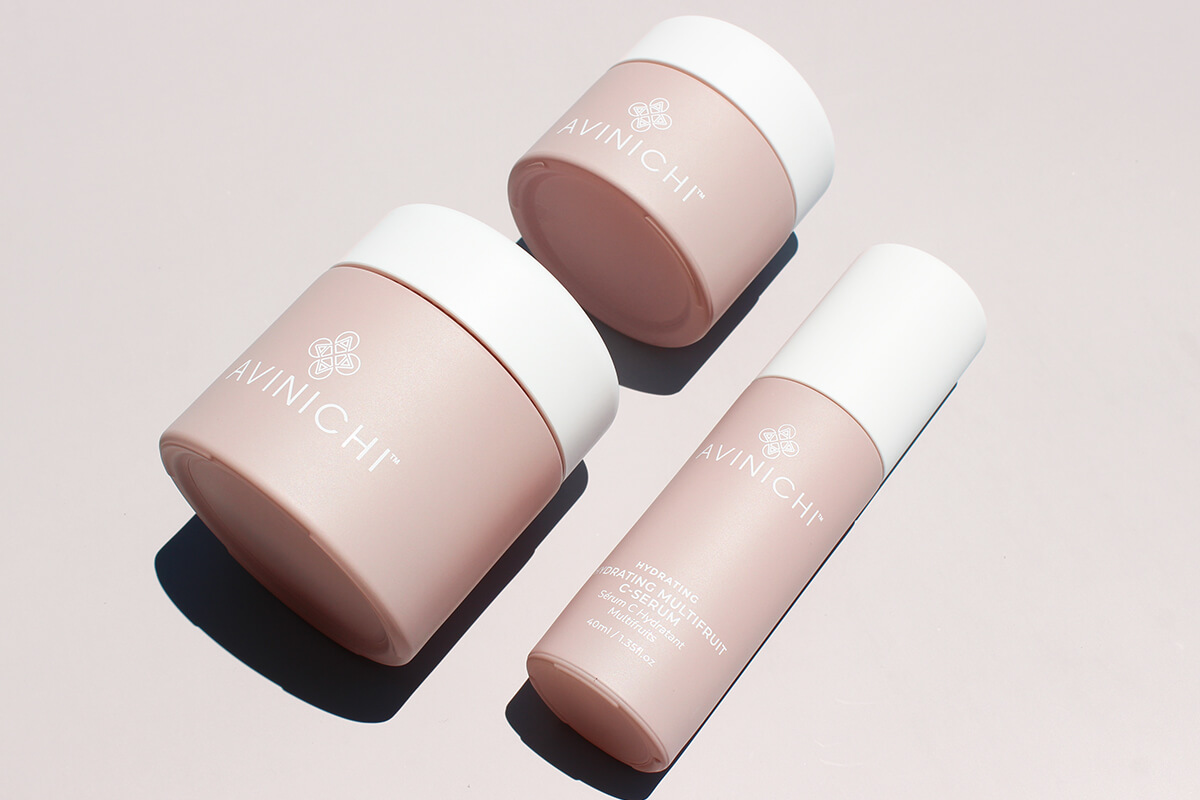
Low humidity means that your skin cells will quickly become parched. To counter this, you’ll need to ensure that you’re providing plenty of topical hydration.
The best way to do this is with humectants. These ingredients quickly hydrate the skin, leaving it looking plumper and fuller. You’re probably familiar with hyaluronic acid/sodium hyaluronate – one of the most popular humectants around. When this ingredient is combined with other humectants, like we’ve done with the Avinichi Super-Dewy Bead Serum, the magic really starts to happen!
Plant oils are also great for hydrating the skin. You’ll find plenty of them in the Hydrating Multifruit C-Serum. In this formula, jojoba oil, olive oil, avocado oil, and coconut oil are combined with two forms of vitamin C, creating a concoction that will have your skin looking smoother, softer, and brighter in no time!
Swap to Richer Skincare Products
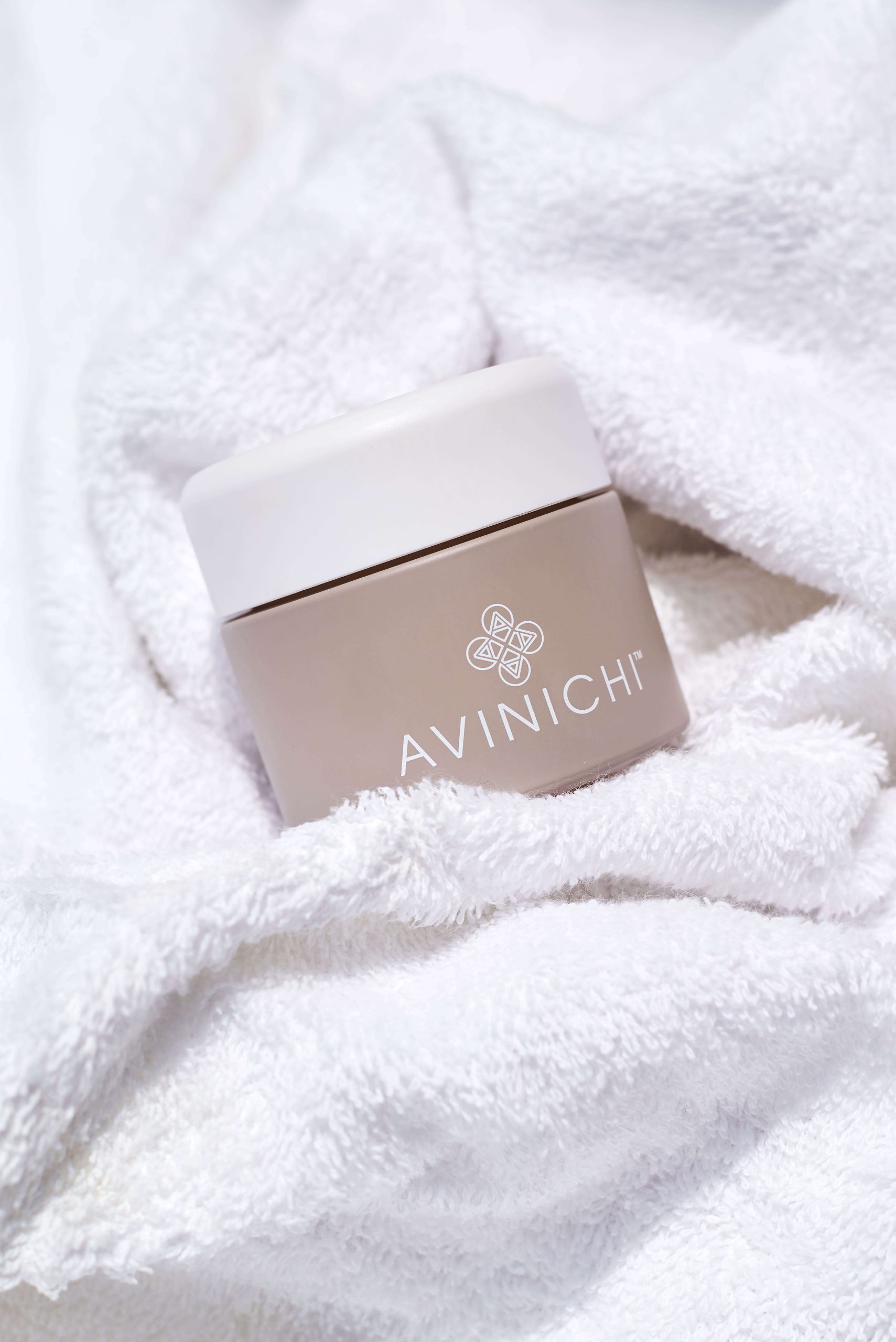
Of course, even if you use plenty of humectants when skin humidity is low, it won’t be long before the moisture that you’ve just given to your skin starts to evaporate away. To prevent this, you’ll need to lock that moisture in with richer products.
This is why it’s often recommended to apply a moisturizer after hydrating with a serum. The serum draws the moisture in while the moisturizer bumps this up and then seals all of that hydration in. The Avinichi Noni Night Repair Cream, which contains shea butter, sunflower seed oil, jojoba seed oil, and vitamin E, does this particularly well.
Use a Moisturizing Cleanser
While humid conditions call for a strong cleanser, low humidity levels require the opposite. Sebum production slows down when humidity drops, so you need to make sure that you aren’t removing too much oil each time you cleanse your skin. That oil helps to keep your skin naturally conditioned and protected, which is particularly important when humidity is low and skin barrier function declines.
A cream or mousse cleanser would be good choices for low-humidity conditions. Look for one that has been formulated with plenty of moisturizing ingredients, like the Avinichi Noni Mousse Cleanser. With coconut-derived cleansing agents and a blend of plant oils, it will give your skin a much softer finish. It’s loaded with antioxidants too, as well as ingredients that calm the feeling of irritation, which is often heightened when humidity is low.
Use a Humidifier
In the same way that a dehumidifier removes moisture from the air, a humidifier adds moisture in. These devices draw up moisture from a tank, before converting this into a mist or vapor that is then released into the room. By doing so, they’re able to raise humidity levels.
Again, just like with a dehumidifier, most humidifiers will allow you to set your chosen humidity level. Keep it at around 50% and your skin will thank you!
While you probably won’t want to carry your humidifier around the house with you all day, setting it up in the room in which you spend the most time tends to provide the best results. For most people, this would be the bedroom. This also helps with the fact that transepidermal water loss tends to increase overnight. Sleeping next to a humidifier will slow this back down. You’ll find yourself waking up with skin that feels much healthier and better hydrated!
Summary
As you can see, humidity is significantly influential when it comes to skin health. While using humidifiers and dehumidifiers can help you to keep skin humidity at an optimum level when you’re at home, you’ll still need to consider your skin’s changing needs when humidity starts to fluctuate. Tailor your skincare routine to this, keeping the above tips in mind, and you’ll be able to rock a healthy-looking complexion no matter what humidity levels you’re faced with!
Click here to shop for more bestselling skincare products from Avinichi.

